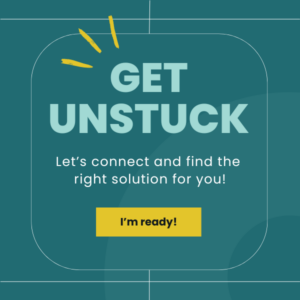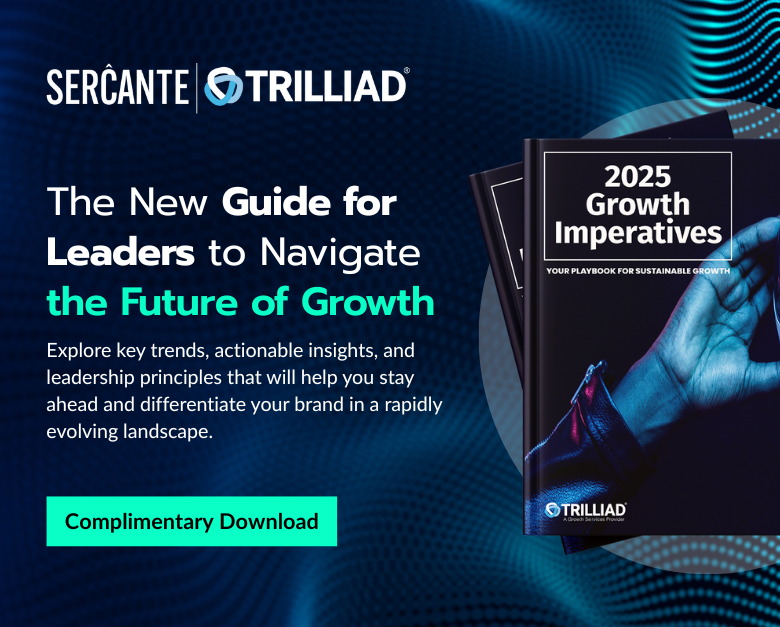As your business grows, so does your Marketing Cloud Account Engagement org. And that’s a good thing. Inevitably you’ll reach a point where your org is stretched too thin.
You may start to experience issues such as:
- Frequently hitting System Limits (Automation rules, ESPs, Mailable Database, etc.)
- Difficulty locating the right assets and segmenting Prospects
- System Processes running slower than expected
- Struggling to manage the traffic flow of outgoing emails
There’s no need to panic. When your org is at maximum capacity, there are a few strategies you can follow to optimize your system. Here they are:
- Establish regular maintenance and clean-up policies.
- Upgrade your Account Engagement edition.
- Split your org into multiple Business Units.
Let’s take a look at each of the strategies you can use to prevent org growth issues or address them so you can keep getting the most out of your Account Engagement org.
Establishing Maintenance and Clean-Up Policies
Regularly archiving old assets and prospects is the best practice for all orgs. These strategies will not only keep your system running smoothly and make assets easier to find, but they also protect your sending reputation by preventing you from emailing old, unengaged prospects.
I like to establish criteria for my regular clean-up efforts in advance. This allows me to ensure other stakeholders are on board with the archiving guidelines and makes the process easier to repeat each month or quarter.
Below are some of the criteria I use to clean up our internal Sercante org each month:
- Archive Forms that have not been completed in 2+ years
- Archive Landing pages with no views in 2+ years
- Archive Automation Rules that have been paused for 3+ months or have not matched a prospect in 12+ months
- Archive Prospects who have been inactive for 18+ months and are not associated with an open opportunity
- Archive any assets with names containing “Test”, “Delete”, “Demo”, or “Example”
The Account Engagement Optimizer will also help you proactively spot potential issues or causes for system lag, so make sure you regularly review your Optimizer report as part of your regular maintenance efforts.
We have several blog posts that will help guide you through establishing your maintenance and clean-up policies.
- 4 Things to Clean in MCAE (Pardot) for Faster Processing Times
- 13 Spring Cleaning Tips for a Spotless Pardot Org
- Junk Data in Your Pardot Org: Why it Matters and How Admins Can Mitigate & Manage It
If you’re still running into issues after cleaning your org, it may be time to consider an edition upgrade and/or Business Units.
Upgrading your Account Engagement Edition
If you’re constantly hitting system limits after archiving old processes and assets, it may be time to upgrade your Account Engagement Edition. Below is an overview of the system limitations for each edition. Keep in mind that Advanced and Premium Editions come with added features, such as Einstein and Marketing Data Sharing, that can help streamline your processes as well as extend limits.
| Edition | ||||
| Feature | Growth | Plus | Advanced | Premium |
| API Access – Calls Per Day | 25,000 | 50,000 | 100,000 | 100,000 |
| Automation Rules | 50 | 100 | 150 | 150 |
| Mailable Prospects | 10,000 | 10,000 | 10,000 | 75,000 |
| Custom Object Integration | – | – | 4 | 4 |
| Engagement Studio Programs | 20 | 100 | 200 | 200 |
| Repeating ESPs | 10 | 10 | 10 | 15 |
| External Activity Extensions | – | 10 | 20 | 30 |
| External Activity API (Daily) | – | 50K | 100K | 100K |
| File Hosting | 100MB | 500MB | 10GB | 10GB |
| Forms | 50 | Unlimited | Unlimited | Unlimited |
| Landing Pages | 50 | Unlimited | Unlimited | Unlimited |
| Tracker Domains | 3 | 10 | 20 | 20 |
Moving to Multiple Business Units
If the above options will not solve your org woes, it may be time to consider splitting your org into multiple Account Engagement Business Units.
Business Units (BUs) allow you to partition your database while still being connected to the same Salesforce instance. Partitioning your database is a great strategy whenever you have disparate marketing teams or multiple unique audiences that require distinct marketing assets.
Typical partitions are by Region, Product, Brand, or Industry Vertical. The Advanced edition includes 2 BUs, Premium includes 5 BUs, and additional BUs can be purchased as an add-on.
Benefits of Multiple Business Units
- Each BU has its own limits in regard to the number of automations, the number of Engagement Studio Programs, etc.
- Each BU has its own sending IP and sending reputation
- Each BU can have an Email Preference Center and email opt-in process unique to its own needs.
- This is especially beneficial when splitting BUs by region and complying with each region’s spam/compliance requirements
- Scoring and Grading is separate and unique to each BU
- User access and roles can be changed (and automated) per BU
- Account Engagement Account Settings can differ between BUs (i.e. operational emails, connector settings, 1st/3rd party tracking, etc.)
Considerations for Multiple Business Units
- Mailable Database limits are shared across business units. So, if you’re constantly hitting against your mailable limit, Business Units won’t solve your issues. You will need to either reduce the number of mailable prospects in your org or purchase additional Contact blocks.
- Only platform assets are easily shared between BUs. Platform assets consist of Snippets as well as Emails and Landing Pages built in the new Lightning Builders. All other assets can be copied and transferred between BUs using the Bulk Asset Copy Flow.
- BUs do not share Campaigns. When using multiple BUs, you need Campaign record types to manage which campaigns sync to which BUs. A campaign record type can only have a one-to-one relationship with a BU.
- Campaign hierarchies can be used as a workaround to view a campaign’s metrics across BUs. In the example structure below, you could have the two BU campaigns nested under a parent campaign in order to view the metrics across both campaigns.
- Webinar ABC (Parent Campaign)
- Webinar ABC US (Syncs to the US BU)
- Webinar ABC EU (Syncs to the EU BU)
- Webinar ABC (Parent Campaign)
- Campaign hierarchies can be used as a workaround to view a campaign’s metrics across BUs. In the example structure below, you could have the two BU campaigns nested under a parent campaign in order to view the metrics across both campaigns.
- BUs cannot share the same Tracker/Vanity Domain
If Business Units sound like the best next step for your org, check out some of Business Unit blog posts for tips on getting started:
- Planning for your Pardot Business Unit Implementation
- 5 Ways to Standardize Your Pardot Business Units
Solving Account Engagement Org Growth Challenges
Need help figuring out how to deal with your Account Engagement org’s growth? Contact the team at Sercante to start a conversation.










